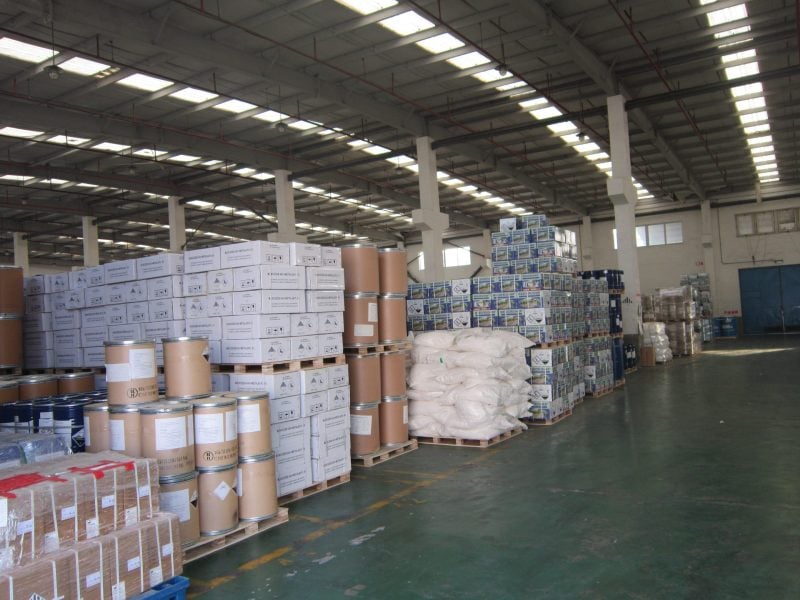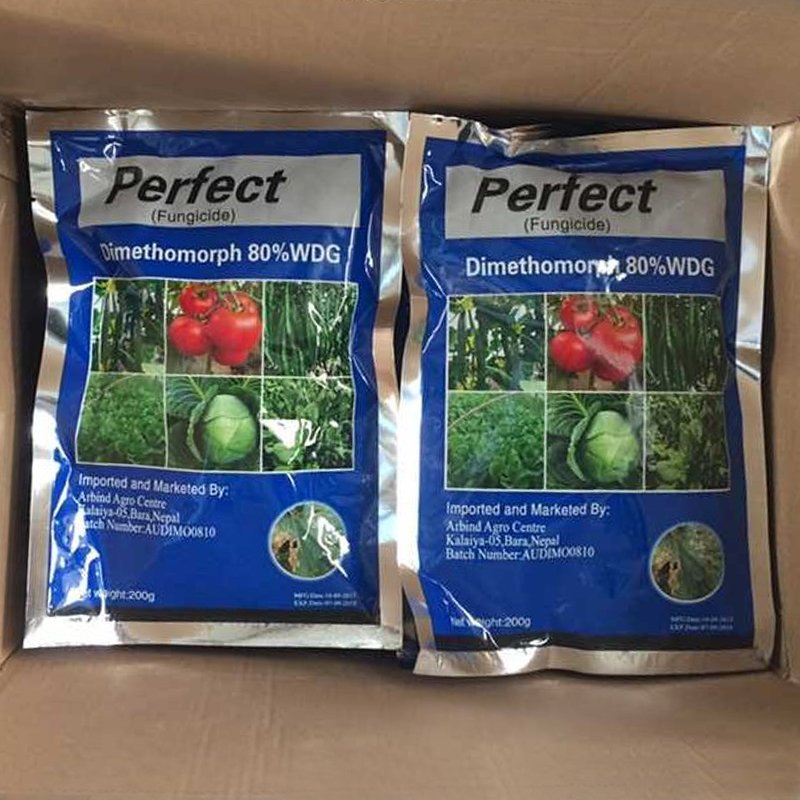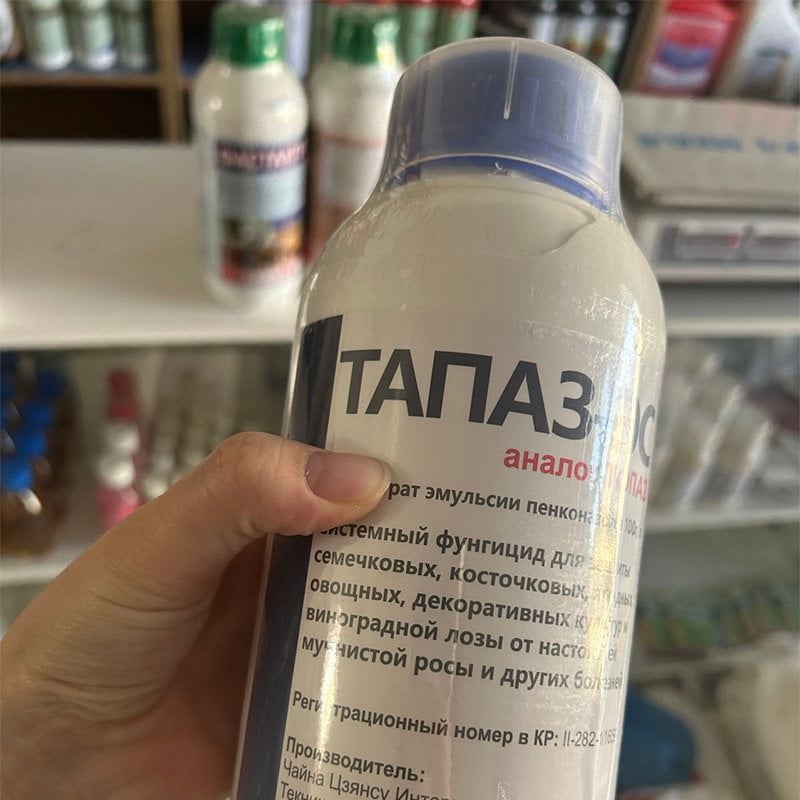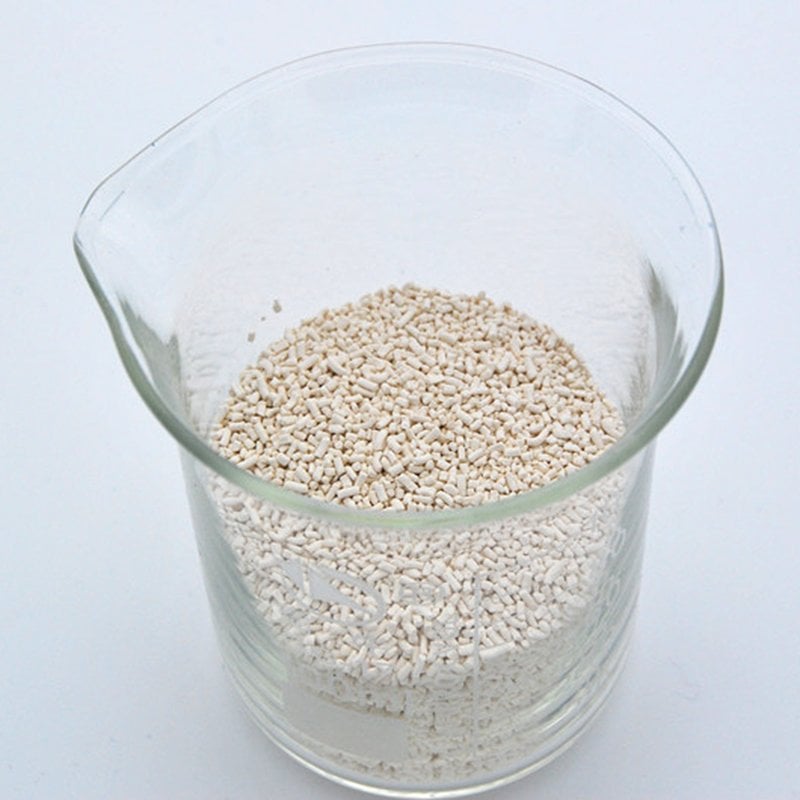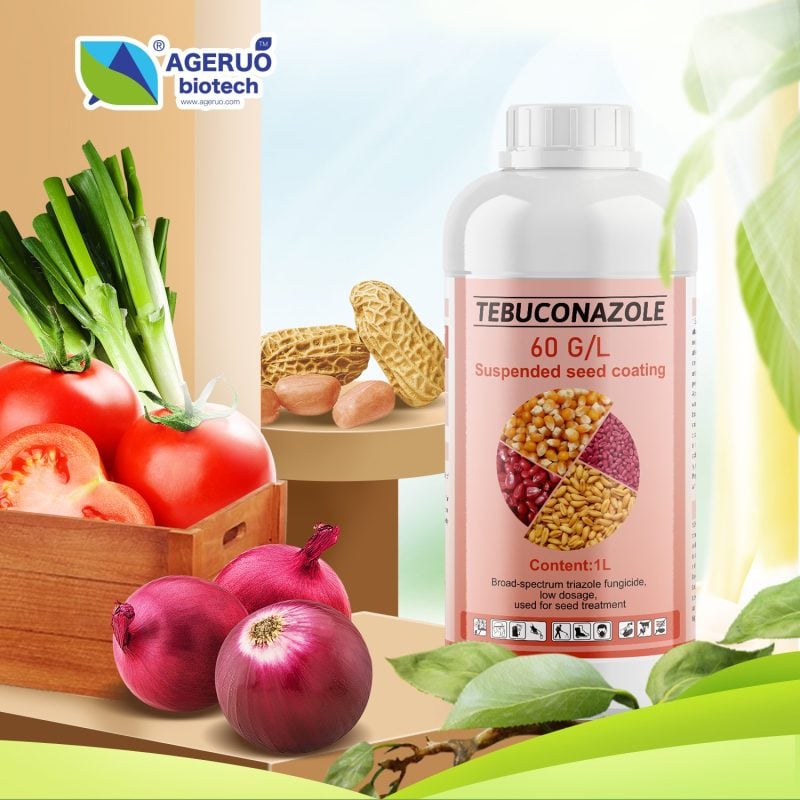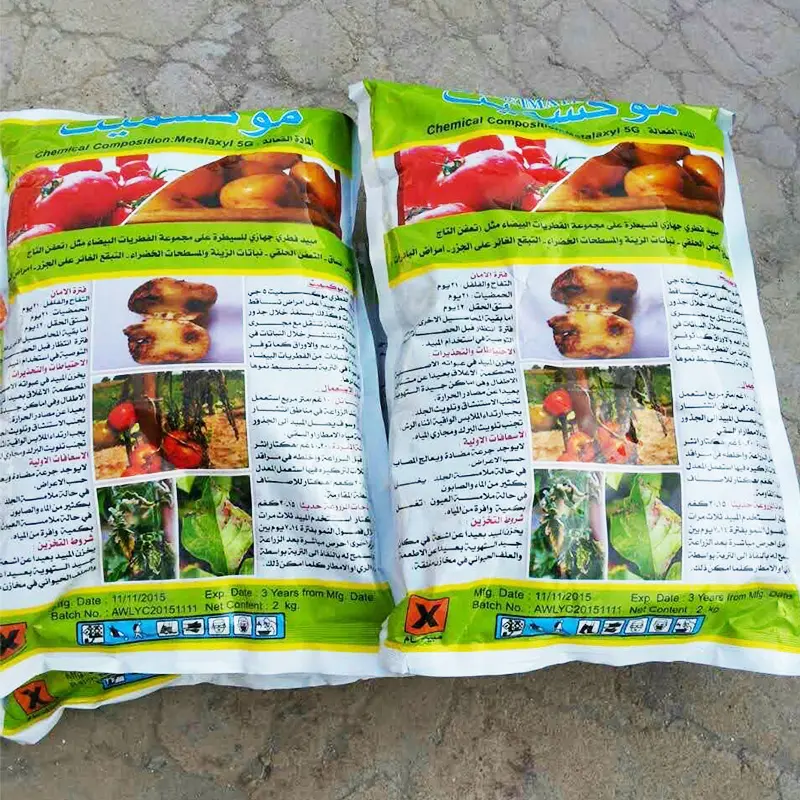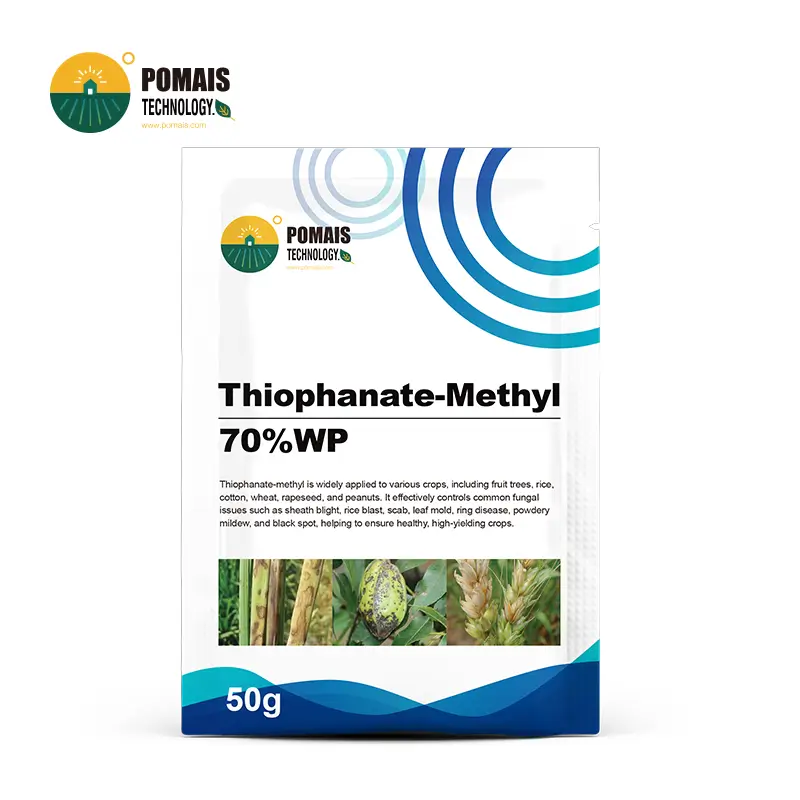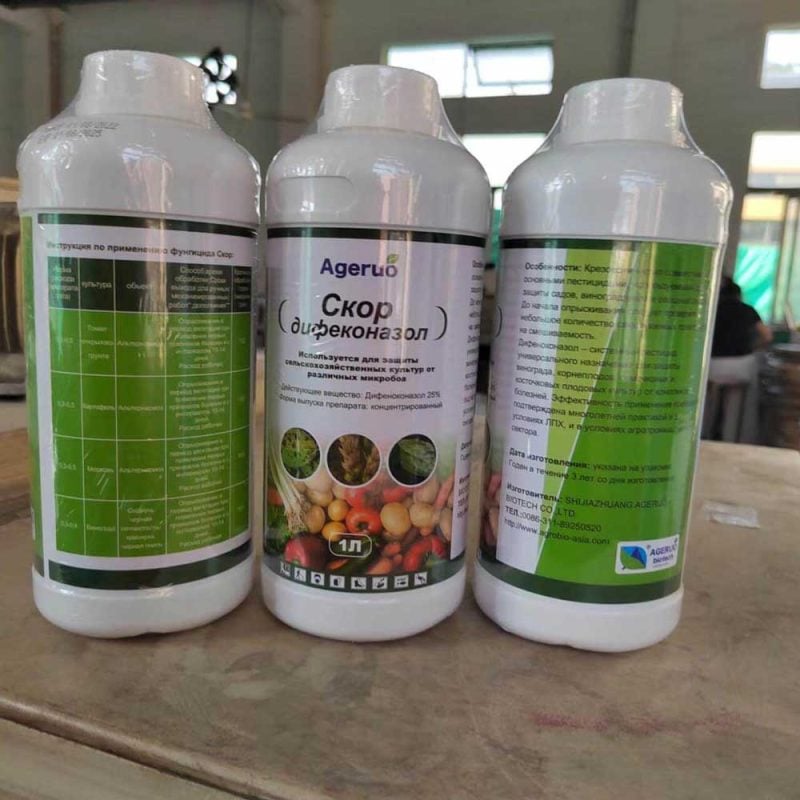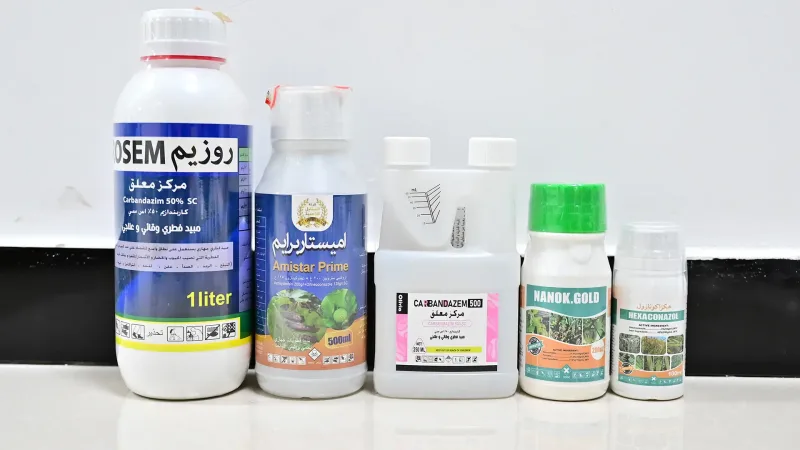At POMAIS, we offer a wide range of fungicides designed to effectively protect various crops from fungal infections. Here’s how our fungicides are categorized, with specific examples from our product line to suit diverse agricultural needs.
Fungicide Types Based on Mode of Action
1. Contact Fungicides
Our Contact Fungicides provide immediate protection by remaining on the plant’s surface, preventing fungal spores from germinating. For example, Mancozeb is a reliable contact fungicide effective against early blight, downy mildew, and leaf spots. This is an ideal choice for vegetables like tomatoes and potatoes, offering broad-spectrum preventive action.
2. Systemic Fungicides
Systemic fungicides, like Azoxystrobin, are absorbed by plants and move through their tissues, providing long-lasting protection. Azoxystrobin controls a wide range of fungal diseases, including rusts and powdery mildew, making it suitable for use on cereals, grapes, and turf. This type of fungicide is ideal for managing ongoing infections and preventing new ones from taking hold.
3. Translaminar Fungicides
Our translaminar fungicides, such as Abamectin, move across leaf surfaces to offer protection on both sides of the leaf. This fungicide is effective against mites and offers additional control over fungal infections. It’s commonly used on crops like cucumbers and tomatoes, where full leaf coverage is essential.
Fungicides by Chemical Composition
1. Organic Fungicides
Our Organic Fungicides include synthetic options that are highly effective against various fungi. Tebuconazole, for instance, is a triazole fungicide that provides systemic control over rusts, blights, and other foliar diseases. Tebuconazole is versatile and effective on a wide array of crops, from wheat to fruits and vegetables.
2. Inorganic Fungicides
For those seeking natural mineral-based solutions, our inorganic fungicides, like Copper Sulfate, are perfect for both organic and conventional farming. Copper Sulfate is excellent for managing downy mildew and bacterial blight, commonly used on crops such as grapes, tomatoes, and citrus.
Fungicides by Target Pathogen
1. Broad-Spectrum Fungicides
Our broad-spectrum fungicides offer extensive control across different types of fungal pathogens. Chlorothalonil provides preventive action against leaf spots, blights, and anthracnose, making it ideal for a wide range of crops including peanuts, potatoes, and beans.
2. Narrow-Spectrum Fungicides
If you need a more targeted approach, our narrow-spectrum fungicides like Cyprodinil are perfect for specific pathogens. Cyprodinil is especially effective against Botrytis in grapevines and apple scab, ensuring high-quality produce by focusing on precise disease control.
Fungicides by Application Method
1. Seed Treatment Fungicides
Protect your seeds from soil-borne pathogens right from the start with our seed treatment options, such as Thiram. This fungicide safeguards seedlings against damping-off and root rot, promoting healthy growth in crops like cereals and vegetables.
2. Foliar Fungicides
Our foliar fungicides are applied directly to leaves to combat surface-level infections. Azoxystrobin is an excellent choice for managing rusts and powdery mildew, providing comprehensive leaf coverage and systemic protection across crops like turfgrass and fruit trees.
3. Soil Fungicides
For managing soil-borne diseases, Metalaxyl offers systemic protection against Pythium and Phytophthora, commonly affecting vegetables, ornamentals, and turf. Applied to the soil, Metalaxyl ensures roots are protected from harmful pathogens.
4. Post-Harvest Fungicides
Protect harvested produce from decay during storage with Imazalil. Commonly used on citrus fruits, Imazalil prevents mold and extends shelf life, ensuring your produce remains fresh throughout distribution.
At POMAIS, we understand the importance of selecting the right fungicide for effective disease control. Our diverse product lineup offers solutions for various crops and disease pressures, whether you need immediate protection, systemic coverage, or specialized formulations. Let us assist you in finding the best fungicide to keep your crops healthy and thriving.
We offer fungicides in a variety of formulations, each designed to suit specific agricultural needs and application methods. Here’s an overview of the fungicide formulations we provide and how they can benefit your crop protection strategy:
1. Wettable Powders (WP)
- Description: Wettable powders are finely ground solids that dissolve in water, forming a suspension for easy spraying. They provide excellent coverage on plant surfaces, making them ideal for foliar applications.
- Benefits: Wettable powders are effective for crops requiring thorough leaf coverage, such as fruits and vegetables. For instance, our Mancozeb WP is widely used for managing blights and mildew on tomatoes and potatoes.
- Application: Suitable for foliar applications, WP formulations are best applied using sprayers for even distribution across leaves.
2. Suspension Concentrates (SC)
- Description: Suspension concentrates are liquid formulations containing solid particles suspended in water. They are easy to measure, mix, and apply, providing systemic and contact action.
- Benefits: SC formulations are ideal for broad-spectrum control, with excellent adhesion to plant surfaces. Azoxystrobin SC, for example, is perfect for protecting cereal crops and grapes from a range of fungal diseases.
- Application: Suspension concentrates can be applied with sprayers and are effective for both foliar and soil treatments.
3. Emulsifiable Concentrates (EC)
- Description: Emulsifiable concentrates are oil-based liquid formulations that form an emulsion when mixed with water. They are absorbed quickly by plant tissues, offering rapid protection.
- Benefits: EC formulations provide systemic action and are especially effective in penetrating waxy plant surfaces. Our Propiconazole EC is used extensively in ornamental and turf applications to control rusts and powdery mildew.
- Application: Ideal for foliar applications, EC formulations are best used with sprayers, ensuring good plant coverage and quick uptake.
4. Granules (GR)
- Description: Granular formulations consist of small, coated particles that release the fungicide slowly into the soil. They are particularly effective for soil-borne diseases and root protection.
- Benefits: Granules are easy to apply without specialized equipment and provide long-lasting control. Metalaxyl GR is a great option for controlling soil-borne pathogens like Phytophthora in vegetables and ornamentals.
- Application: Granules can be applied by hand or with spreaders, and they’re ideal for soil incorporation or direct soil application around the base of plants.
5. Water-Dispersible Granules (WDG or WG)
- Description: Water-dispersible granules dissolve in water to form a sprayable suspension, combining the convenience of granules with the effectiveness of liquid applications.
- Benefits: WDG formulations are dust-free, easy to handle, and provide excellent coverage. Tebuconazole WDG is ideal for crops like cereals and vines, offering systemic protection against blight and leaf spots.
- Application: Applied with sprayers, WDG formulations are suitable for foliar applications and provide high efficacy with ease of use.
6. Dusts (D)
- Description: Dust formulations consist of a finely ground fungicide mixed with a carrier powder. They are applied dry, without mixing in water.
- Benefits: Dusts are easy to apply and are particularly effective in dry conditions or when equipment is not readily available. Sulfur Dust is a popular choice for managing powdery mildew on crops like grapes and cucumbers.
- Application: Dusts can be applied by hand or with dusters, making them ideal for small-scale use or spot treatments.
7. Water-Soluble Powders (SP)
- Description: Water-soluble powders dissolve completely in water, allowing for easy mixing and application. They are versatile and provide systemic protection.
- Benefits: SP formulations are highly effective for consistent coverage and are easy to handle. Our Thiram SP is commonly used as a seed treatment to protect crops from soil-borne diseases.
- Application: SP formulations can be applied as a foliar spray or used as a seed treatment, depending on the crop’s needs.
8. Seed Treatment Formulations
- Description: Seed treatment formulations are designed to coat seeds with a protective fungicide layer before planting, protecting against soil-borne pathogens.
- Benefits: Seed treatments help improve germination rates and early plant health by preventing diseases from taking hold in the critical early stages of growth. Captan Seed Treatment is effective for a variety of crops, including cereals, legumes, and vegetables.
- Application: These formulations are applied directly to seeds using specialized equipment to ensure even coverage and adherence.
At POMAIS, our fungicide formulations are designed to cater to a wide range of agricultural needs, from foliar applications to soil treatments. By selecting the right formulation, you can ensure effective disease control and optimal protection for your crops. Explore our product range to find the fungicide that best suits your farming requirements!
Plant diseases refer to any abnormal condition in plants that interferes with their normal growth, development, or functioning. These diseases are primarily caused by pathogens (microorganisms) such as fungi, bacteria, viruses, nematodes, and other organisms. Plant diseases can lead to symptoms like discoloration, wilting, stunted growth, and death of plant tissues, ultimately affecting crop yield and quality.
Plant diseases typically occur when three conditions are met:
- A susceptible host plant is present.
- A pathogen capable of causing the disease is present.
- Environmental conditions (like temperature, humidity) favor the interaction between the host and the pathogen, enabling the disease to develop.
Plant diseases can be categorized into different types based on the pathogens responsible, symptoms they cause, and mode of spread. The primary types of plant diseases are:
1. Fungal Diseases
- Cause: Fungi are the most common cause of plant diseases. They spread through spores carried by wind, water, or soil, and infect plants by penetrating tissues.
- Examples:
- Powdery Mildew: White powdery growth on leaves and stems, commonly affects cucumbers, grapes, and apples.
- Rust: Rust-colored spots on leaves, seen in crops like wheat and beans.
- Botrytis Blight (Gray Mold): Grayish mold on flowers and leaves, affecting crops like strawberries and tomatoes.
- Symptoms: Spots, blights, wilting, rotting, leaf curls.
2. Bacterial Diseases
- Cause: Bacteria can infect plants through wounds or natural openings. They thrive in warm, humid environments and spread through water, contaminated tools, or insects.
- Examples:
- Fire Blight: Affects apples and pears, causing a burnt appearance on branches and leaves.
- Bacterial Wilt: Affects crops like cucumbers and tomatoes, leading to sudden wilting of leaves.
- Bacterial Leaf Spot: Small, water-soaked spots that eventually turn brown or black, affecting crops like lettuce and peppers.
- Symptoms: Leaf spots, wilting, cankers, rotting, and galls.
3. Viral Diseases
- Cause: Viruses are microscopic pathogens that cannot live outside of a host. They are usually transmitted through insect vectors like aphids and whiteflies, as well as contaminated seeds or equipment.
- Examples:
- Tobacco Mosaic Virus (TMV): Causes mosaic-like patterns on leaves, affecting tobacco, tomatoes, and peppers.
- Tomato Yellow Leaf Curl Virus: Transmitted by whiteflies, this virus causes yellowing and curling of tomato plant leaves.
- Cucumber Mosaic Virus (CMV): Affects a variety of plants, including cucumbers, tomatoes, and peppers, causing leaf mottling and stunted growth.
- Symptoms: Mosaic patterns, stunting, leaf curl, fruit malformation.
4. Nematode Diseases
- Cause: Nematodes are microscopic worms that feed on plant roots, causing significant damage. They live in soil and can be difficult to control once established.
- Examples:
- Root-Knot Nematodes: Cause swollen, knot-like formations on roots, leading to poor water and nutrient absorption in crops like tomatoes, carrots, and cucumbers.
- Cyst Nematodes: Affect crops like soybeans and potatoes, resulting in poor plant vigor and yield reduction.
- Symptoms: Root galls, stunted growth, yellowing of leaves, reduced crop yield.
5. Abiotic Diseases (Non-Infectious)
- Cause: Abiotic diseases are caused by environmental factors rather than pathogens. These factors include poor soil conditions, nutrient deficiencies, excessive watering, temperature extremes, pollution, and chemical exposure.
- Examples:
- Nutrient Deficiency: Lack of essential nutrients like nitrogen, potassium, or calcium, resulting in yellowing or deformed leaves.
- Water Stress: Overwatering or underwatering can cause wilting, leaf drop, or root rot.
- Frost Damage: Cold temperatures cause tissue death, leading to blackened leaves and stems.
- Symptoms: Wilting, yellowing, stunted growth, leaf burn.
Managing Plant Diseases
Effective management of plant diseases requires an integrated approach, including:
- Cultural practices: Crop rotation, proper irrigation, sanitation, and the use of resistant crop varieties.
- Chemical controls: Use of fungicides, bactericides, and nematicides to prevent or reduce disease spread.
- Biological controls: Introducing natural predators or beneficial microorganisms to suppress pathogens.
- Quarantine and sanitation: Isolating infected plants and using sterilized tools to avoid the spread of disease.
Production Cases
About Us
About Us
POMAIS is committed to long-term partnerships with agrochemical importers, distributors, and brand owners.
Whether you’re expanding into new markets or developing your own product line, our team is here to provide flexible, scalable solutions for your business.
We gain a good reputation from clients, who mainly comes from Russia, Middle east, Africa and South America. Young sales team with enthusiastic warmly welcome you and assist you to occupy the market with good service and professional skills.
We’ve been connecting with global importers and distributors from all over world. Our cooperated factory has passed authentication of ISO9001:2000 accreditation. Registration documents support and ICAMA Certificate supply. SGS testing for all products.

